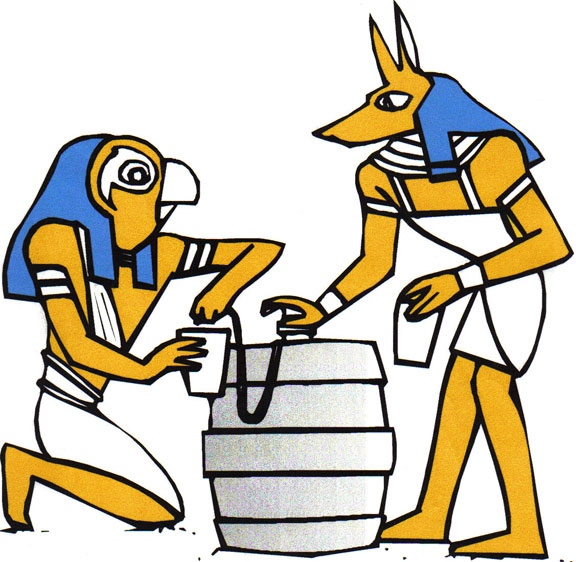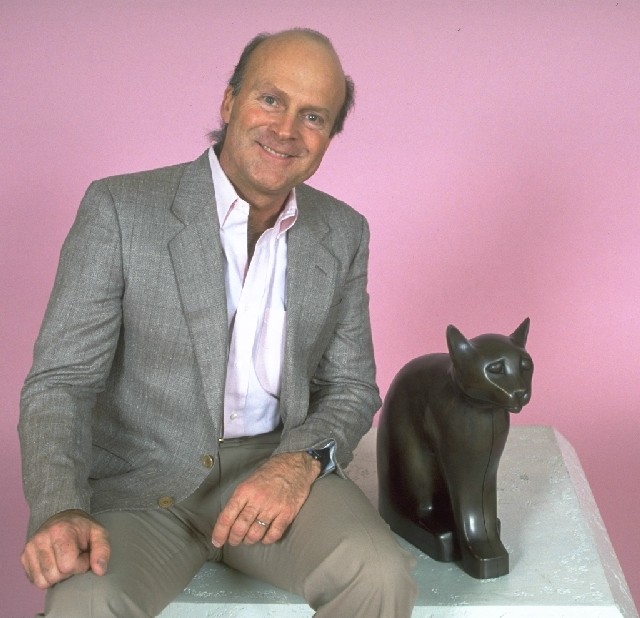
From the archaeological optimism department: a recent paper shows that ancient Nubians used antibiotics - and delivered them in
beer! Analysis of bones from the
Ballana culture of
lower Nubia from ca. 350-550 AD, contained significanct concentrations of tetracycline, (first produced as a modern cure in 1948). The paper, by George Armelagos and Mark Nelson, is in the
American Journal of Physical Anthropology.
Nelson, a leading expert in tetracycline and other antibiotics, became interested in the project after hearing Armelagos speak at a conference. “I told him to send me some mummy bones, because I had the tools and the expertise to extract the tetracycline,” Nelson says. “It’s a nasty and dangerous process. I had to dissolve the bones in hydrogen fluoride, the most dangerous acid on the planet.”
The results stunned Nelson. “The bones of these ancient people were saturated with tetracycline, showing that they had been taking it for a long time,” he says. “I’m convinced that they had the science of fermentation under control and were purposely producing the drug.”
Tetracycline binds with calcium and phosphorus, which is pretty much what our bones are made of - so if you take it, part of it stays with you.
 I have found my chance to share images like this with you. I am taking it.
I have found my chance to share images like this with you. I am taking it.This is not totally new news - Armelagos has been working on this research since 1980. By 2000, his team had pretty conclusively demonstrated that the tetracycline was delivered via beer. The mechanism is neat: ancient Egyptians and Nubians used bread as a source of yeast for fermentation. They would leave out some bread dough, collect local yeast from the air, half-bake the bread (leaving the center sticky so the yeast could breed), and then put the bread in a soup of malted grain to start brewing.
 An ancient brewery setup.
An ancient brewery setup. The other thing that floats around in the air with that yeast is
strepomycetes bacteria. Normally these aren't very interesting, but when they're trapped in environments they don't like - especially moist and acidic ones, like in the inside of a half-baked bread loaf, or a fermenting vat of beer - the
streptomycetes start producing tetracycline! Which means that when your beer is done, it's full of antibiotics. Armelagos wrote a very readable article about the science and experimental archaeology they used to figure this out (in
Natural History, from way back in 2000).
I have to admit, I would be more keen to take antibiotics if they were delivered this way.
Of course, when Armelagos was first sorting this out in the 80s, people were skeptical, saying it was impossible, the tetracycline must have been introduced to the bones later. Typical unwillingness to believe that ancient people could have figured out anything clever, like
colonizing the Americas,
performing brain surgery, or
building astronomical observatories. This assumption that amazing inventions can only be made with petroleum-powered machines is a kind of industrial age narcissism. I think that the technologies invented after 1800 have in most cases just made it easier for humans to do things they already knew how to do a very long time ago.
It's a bit early for a beer here in my time zone, but we'll see if I don't get into a little 'experimental archaeology' later.

 .
.











